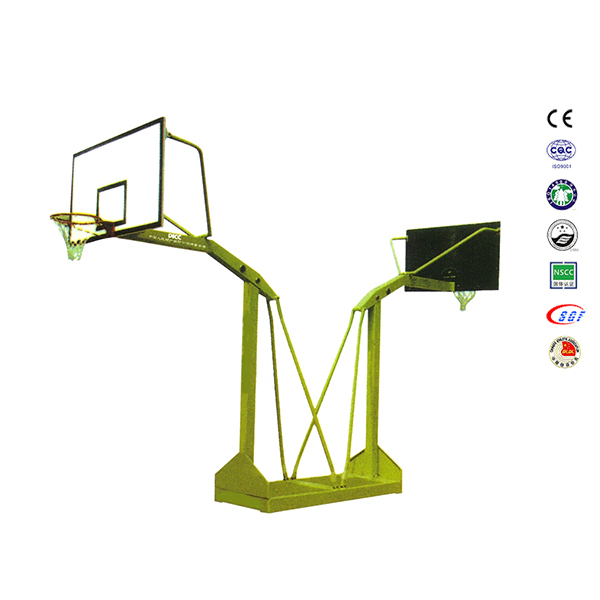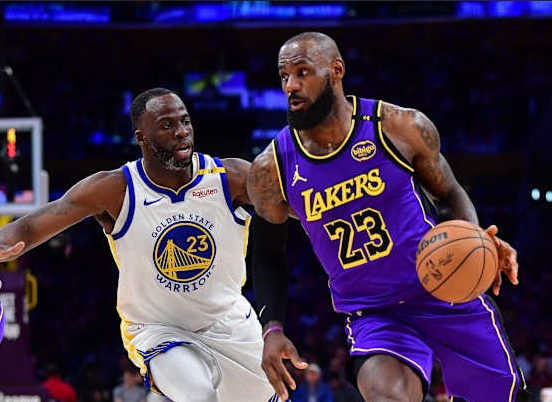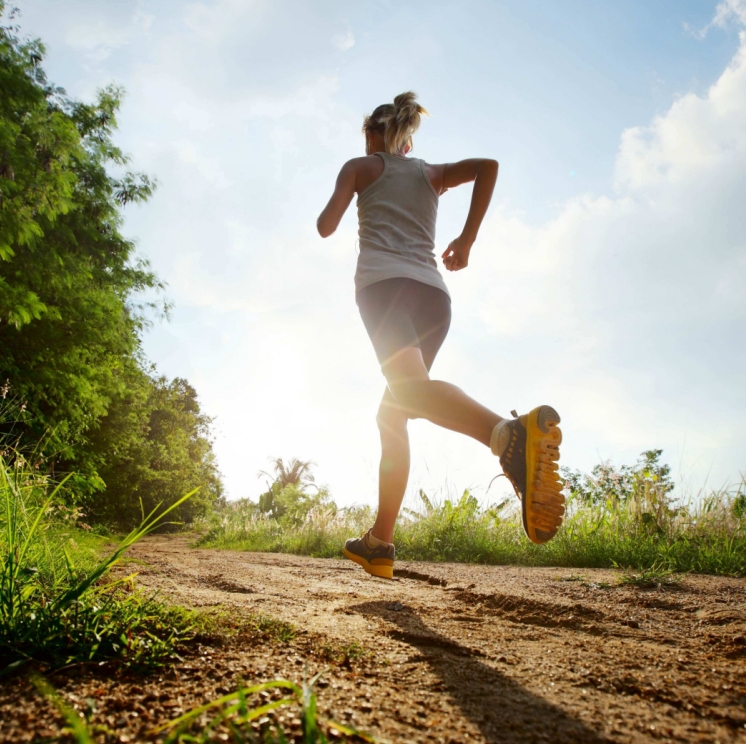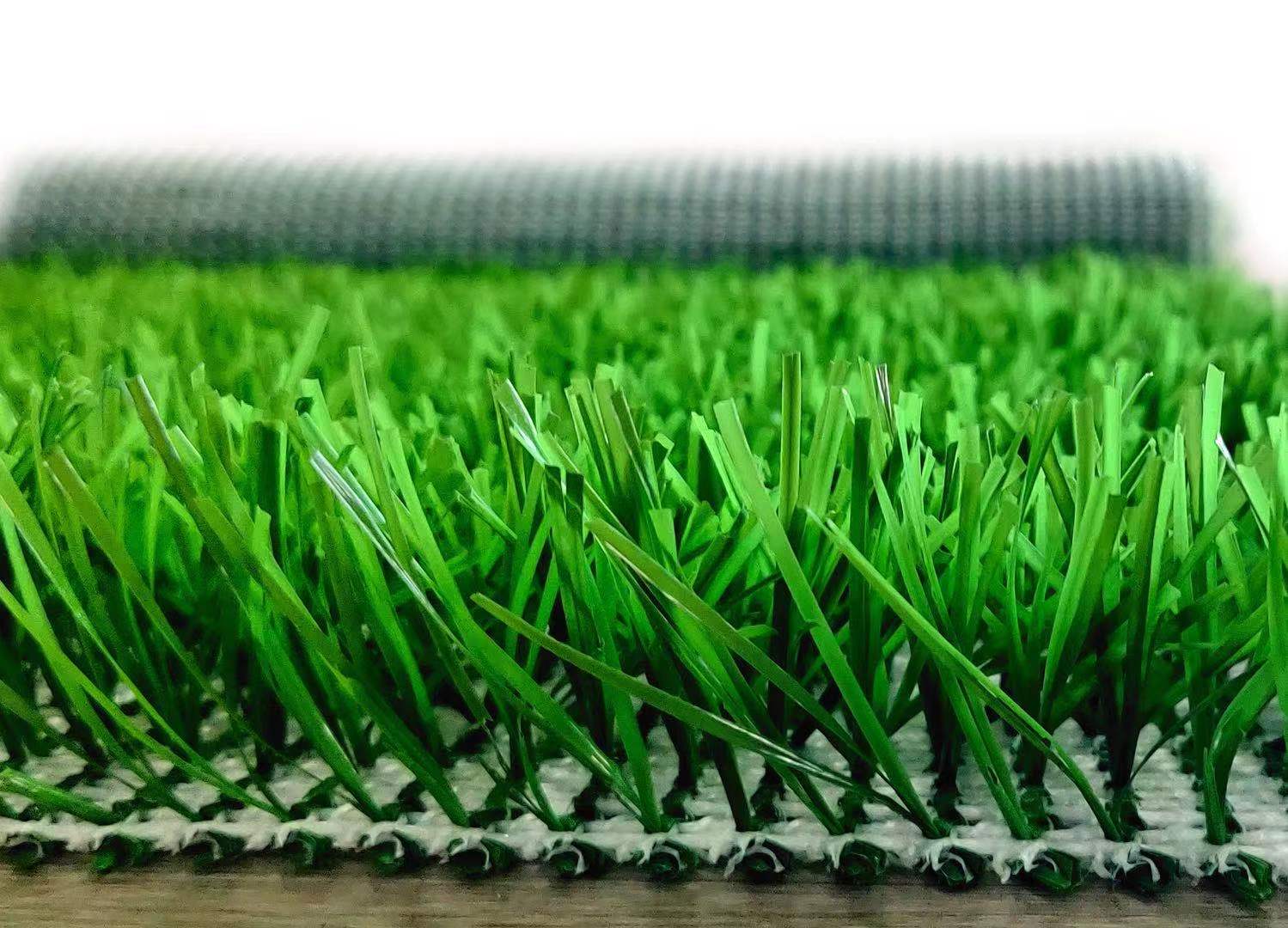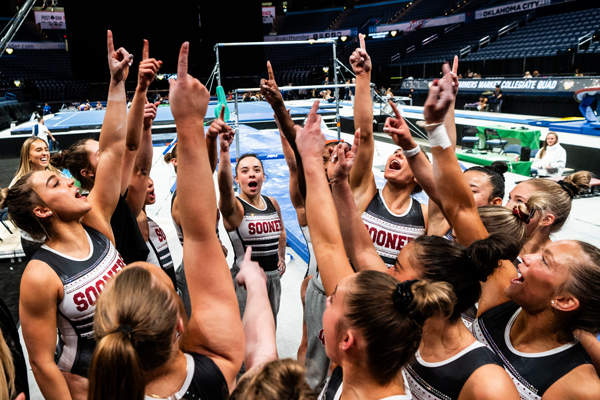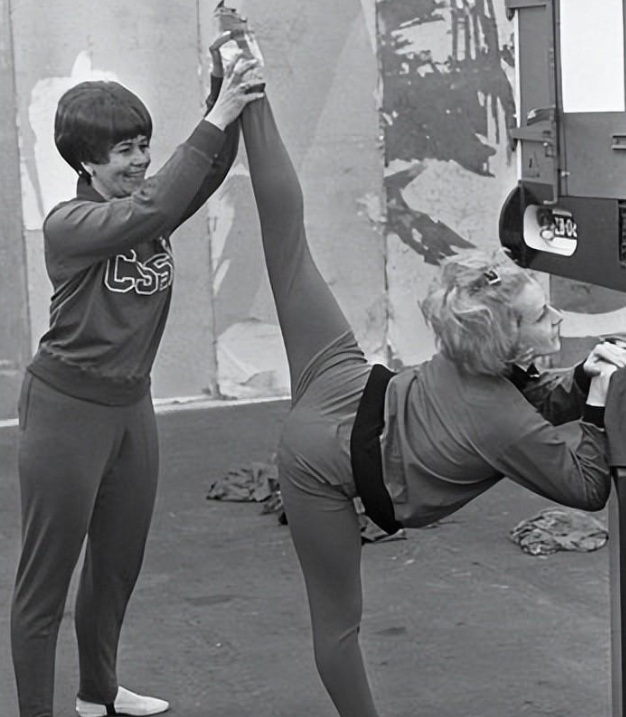Product
How did gymnastics become a sport
Basic Info
At present, there are major international gymnastics competitions including the World Cup, World Championships, and Olympic Games. International and domestic large-scale gymnastics competitions generally include three distinct yet interconnected competitions, namely team events, individual all-around events, and individual events.
The emergence and development of modern Czech gymnastics objectively expanded the radiation range of modern European gymnastics in spatial geography, making modern gymnastics more characterized by European integration and showcasing unique European geographical features. It also further confirmed the unified consensus of Europe in terms of body concepts, lifestyle, and cultural identity.
At present, there is some research and understanding in the domestic academic community on the Western European style (Germany) and Northern European style (Sweden, Denmark) in modern European gymnastics, but research on the Eastern European style is very rare, mainly focusing on the induction and summary of several domestic sports history works in the 20th century.
Foreign scholars' research on this issue mainly focuses on the central figure of modern Czech gymnastics, Miroslav Tyr š (1832-1884), and the most representative work is Claire E. Norte, a history professor at Manhattan University in New York. Her book The Sokol in the Czech Lands to 1914 (2002) is a masterpiece that uses characters as clues to narrate.
Norte was awarded the Heldt Prize in 1993 for his contributions to the study of Czech history. Due to Norte's (2002) research focusing on the role of key figures in gymnastics and relatively neglecting the nodal features of historical construction, there is a lack of examination of modern Czech gymnastics within the context of modern European gymnastics as a whole, weakening the supranational perspective of modern European gymnastics as a globalized sport and phenomenon based on connection, comparison, and wholeness.
However, the broad perspective of this work provides a wealth of information for this article. Based on relevant materials from modern Europe, this article explores the historical development, dissemination, and influence of Czech gymnastics in Eastern Europe.
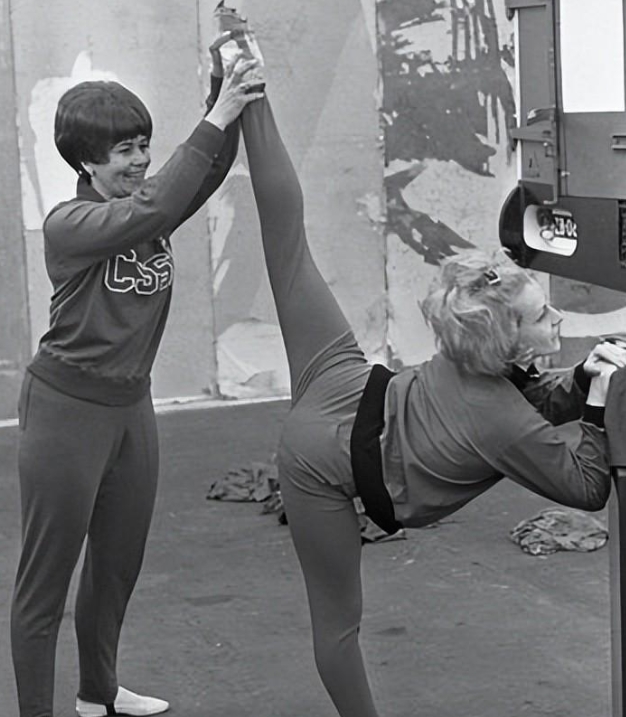
The earliest gymnastics training
Since the Industrial Revolution, the development of emerging capitalism has created conditions for the birth of the modern Czech nation and the formation of national commonality. With the growth of the capitalist bourgeoisie, the Czech bourgeoisie, as representatives of economic, social, and cultural progress, has become the spokesperson for the interests and national awakening of the Czech nation.
The 1848 European Revolution and the 1856 Crimean War provided a relaxed and favorable internal and external environment for the bourgeoisie to seek national independence and rejuvenation. The relaxation of press freedom and assembly and association rights in the Czech region of the Austrian Empire allowed intellectuals in the Czech Republic to carry out enlightenment work more freely than in the past.
National and revolutionary ideas are fully disseminated through literary and artistic forms such as comics, dramas, and songs. At that time, a group of scholars and writers sponsored by the nobility in the Czech Republic focused on reviving the Czech national language, literature, and history, and created a number of works of national literature and art as a weapon for reviving Czech national culture.
Czech nationalists revolve around the concept and tradition of autonomy in the history of Bohemia, expressing the uniqueness and independence of the Czech Bohemian region within the Habsburg dynasty, and insisting on the unique history and culture of the Czech Republic to prevent the danger of assimilation by other ethnic groups.
For example, Czech linguist Josef Do Brovsk ý (1753-1829) laid the foundation for the study of Czech national languages; And the historian Frantisek Palatk ý (1798-1876), known as the father of the Czech nation, sought the basis for the independence of the Czech nation from history through his work "A History of the Czech Nation".

The general public gradually realized the basic idea of political democracy, clarified the necessity of fighting against cultural backwardness and feudal authoritarianism, played an important role in the emergence and development of Czech nationalism, and also promoted the rapid development of Czech education. Especially after the 1860s, public education in the Czech Republic flourished.
Sokol gymnastics was also born at this time, becoming both a product of Czech nationalism and an important part of the national movement in which the Czech people expressed their emotions and demonstrated against power.
Sokol gymnastics is a product of Czech nationalism, and its strong spirit of national self-improvement and self-reliance is reflected in gymnastics ideology. Firstly, emphasize the core concept of patriotism or nationalism supremacy.
Tersch had conducted research on ancient Greek gymnastics and competition, and he believed that the superiority of ancient Greek culture was reflected in the cultivation and attention to children's physical training. The passion for the body of ancient Greeks created a unique competitive culture, which also gave rise to a steadfast patriotism and a longing for freedom.

Because as long as there is a patriotic sentiment, a strong body, and a brave spirit, even if the nation or country is weak, no foreign force can destroy it. And patriotism, strong physique, and brave spirit can be cultivated through Sokol gymnastics. Secondly, Sokol's gymnastics philosophy emphasizes putting collective interests first.
The self-improvement and self-reliance of a nation cannot be achieved solely by individuals. Only by relying on the development of team and collective self-improvement and self-reliance can a nation have hope for self-improvement and self-reliance. Tersch pointed out, "In a healthy nation, there is no room for cowardice, apathy, and betrayal. The value of the whole is always higher than the parts, and the interests of the nation are higher than individual interests. In such a nation, traitors have no market
Once again, Sokol's gymnastics philosophy advocates for the pursuit of national freedom. The meaning of Sokol gymnastics comes from the name of a hero in Slavic mythology, and also refers to the swift eagle and falcon. As a symbol of Sokol Gymnastics, it symbolizes the fearless qualities of Sokol Gymnastics Association members and the passion and dedication of the gymnastics organization;
On the other hand, the free flight of eagles and falcons in the sky symbolizes the Czech people's pursuit of freedom, symbolizing the brave protection of their homeland by Slavic youth.
In addition to pursuing national freedom, Tersch also emphasized individual freedom. However, he believed that individual freedom should be limited by the law and personal will, especially when it conflicts with the public interest, and should be subordinate to the collective interest. As Tersch said, "Sokol's ideas can lead people to fight for freedom, teach people responsibility and mission, and understand the importance of order and discipline.

Finally, the realization of national self-improvement and self-reliance advocated in Sokol gymnastics relies on the popularization of Sokol gymnastics. After the 1890s, with the popularization of Sokol gymnastics and the establishment of gymnastics festivals and leagues, Sokol gymnastics gradually showed a trend of popularization, and its slogan "Czechs are eagles" has deeply penetrated people's hearts.
The comprehensive popularization of Sokol gymnastics in the Czech Republic is conducive to the promotion and dissemination of its gymnastics culture, and at the same time, it is also conducive to the bourgeoisie using Sokol gymnastics as a platform to unite people of different classes, professions, genders, and ages under the banner of national self-improvement, binding the great cause of national rejuvenation with the will of the people, and maximizing the unity of all forces that can be united.
In summary, Sokol's idea of self-improvement and self-reliance in gymnastics is aimed at achieving national rejuvenation and establishing a nation-state, which includes the highest principles of patriotism, freedom, and equality.
Although influenced by German gymnastics and closely related to patriotism, Sokol gymnastics is not primarily focused on military gymnastics, but rather proposes the gymnastics philosophy that aims for beauty in gymnastics.
Due to the profound influence of ancient Greek gymnastics and classical art, Tersch believed that the unity of beauty and harmony was the concentrated expression of physical beauty in ancient Greece. Therefore, Tersch also hoped that Sokol gymnastics, like ancient Greek gymnastics, could combine beautiful movements with physical development.
Tersch believed that "elegant movements are closely related to the posture of the body. Every coordinated and effortless movement must be an effective control of the entire body, and every control of the body is related to every movement of the muscles. Therefore, constant control of the muscles is what makes movements elegant and coordinated.

It is precisely because of his expectations for Sokol gymnastics that Sokol gymnastics has a strong artistic temperament. And Tersch requires every detail in the design of movements to reflect the value of art, including the standards of art in clothing.
In Tersch's 1873 work "Gymnastics Exercises and Aesthetics", he also emphasized the importance of aesthetic education and hoped that Sokol gymnastics could follow and uphold this artistic aesthetic concept.
Tersch's aesthetic thinking on gymnastics is closely related to his emphasis on aesthetic education. Tersch believes that aesthetic education is an important responsibility of national education and an indispensable part of mass education. Aesthetic education should demonstrate typical national characteristics.
Terch has made significant contributions to the development of aesthetic education in the Czech region, and it is these reflections on aesthetics and art that inspired Terch's aesthetic design of Sokol gymnastics.
More recommended fitness equipment products:
Kids Gymnastics
Balance Beam
Parallel Bars
Horizontal/Uneven Bar
Pommel /Vaulting /Buck Horse
Vaulting Table/Box
Spring Board
Flying Ring
Ballet Rail
Trampoline
LDK sports equipment manufacturer's promotional offer is currently underway: Contact us now (click)






